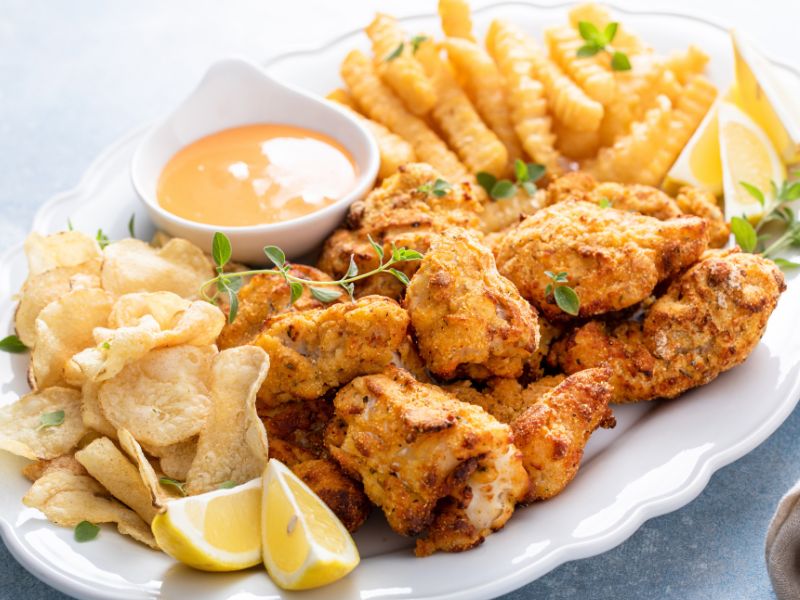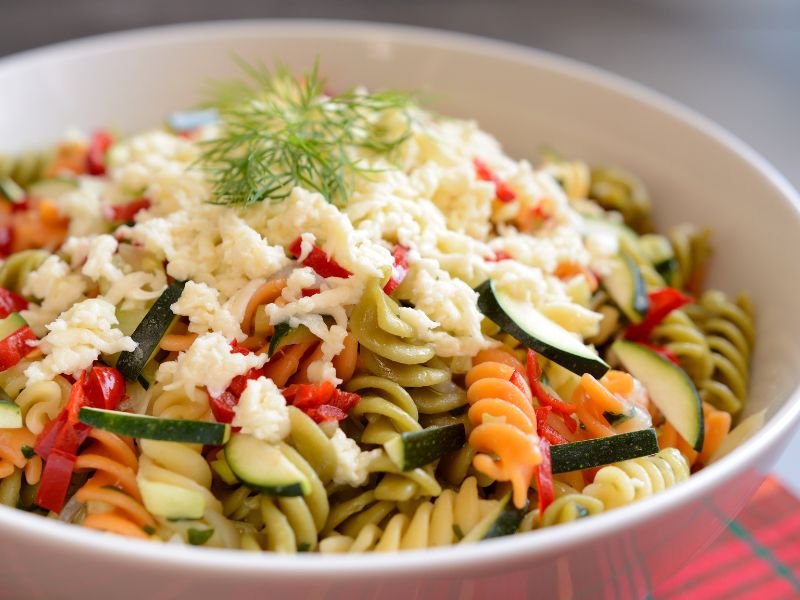“Monday fish hardly worth elevating to Friday.” That was how James Beard award winning British food writer, Jane Grigson, dismissed pollock in her 1973 tome, Fish Cookery. “Tasteless” and “muddy” were some of the other words she used to describe the poor, lamented pollock.
But that was many years ago, tastes change and what was once out is now hot. Diners today don’t want strong, fishy seafood. What Grigson called “tasteless,” today we describe as “delicate.” The “muddy” color that offended her? Our eyes see a beautiful ivory fillet. Don’t forget, in colonial America indentured servants in New England demanded a clause in their contracts not to be fed too much lobster - a burden many of us today would gladly welcome.
A Blank Slate
The delicate flavor is actually the perfect blank slate for the creative chef. Nearly any sauce pairs easily. Plus, the firm flesh and low moisture content lends itself perfectly for breading or batters - holding up well even in deep fryers.
Pollock also has a few more things going for it. These days savvy diners, especially Millenials, don’t just indulge, they look for enjoyable foods that also give a little extra. They want to know if seafood is sustainable, wild caught, and even good for you. In this case, 400-500 milligrams of Omega-3 fatty acids per three ounce serving. This “good fat” is considered essential and experts believe it can help ward off age related diseases like Alzheimer’s and type 2 diabetes. And yes, to your diners’ delight, Alaskan Pollock is bothwild caught and sustainable.

The Alaska Angle
More and more diners also want to know where their food was sourced from. The Portlandia skit where they make light of the farm-to-table movement and the journey Colin the Chicken made to their plate may have been funny, but there is more than a grain of truth to it. The Alaskan fisheries, where American Pollock comes from, are some of the best managed in the world. Strict quotas and regulatory oversight ensure that the fishery will be productive for generations to come, providing good jobs.
There is even more to that Alaskan angle. Marketing research indicates that adding “Alaskan” or “Wild Caught Alaskan” can significantly increase sales over a menu item simply described as “Pollock.” Diners are also willing to pay a premium for dishes labeled “Alaskan” over those that aren’t, a huge benefit in times of tight margins.
Budget Friendly
Also, Pollock won’t destroy your budget. It is increasingly difficult to maintain quality and portion size without changing your price points - a real challenge in the face of stiff competition at all levels of dining in the restaurant industry. Relatively inexpensive compared to similar wild caught white fishes, pollock can help you control your food costs while maintaining quality.
Pollock has come a long way. Once out of favor, changing palates and increased awareness of environmental and health benefits point to it being the next hot fish. Maybe it’s time for you to consider adding it to your menu.



